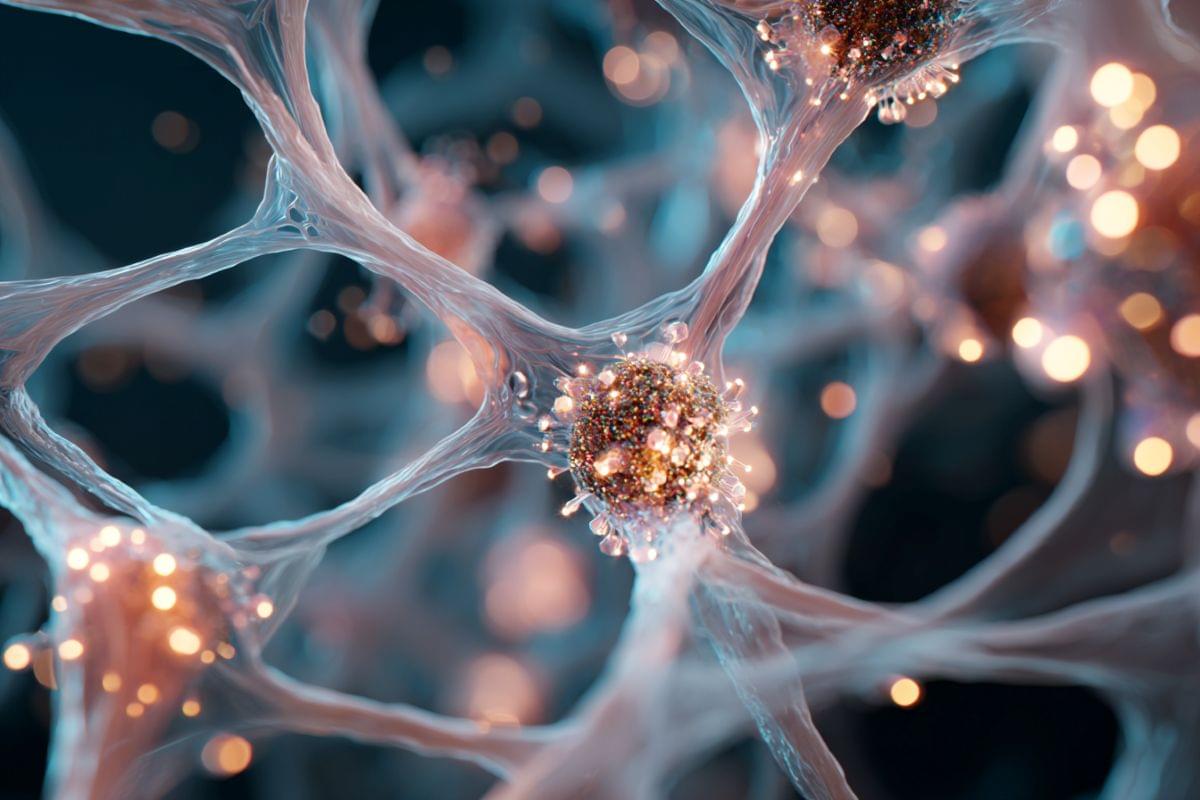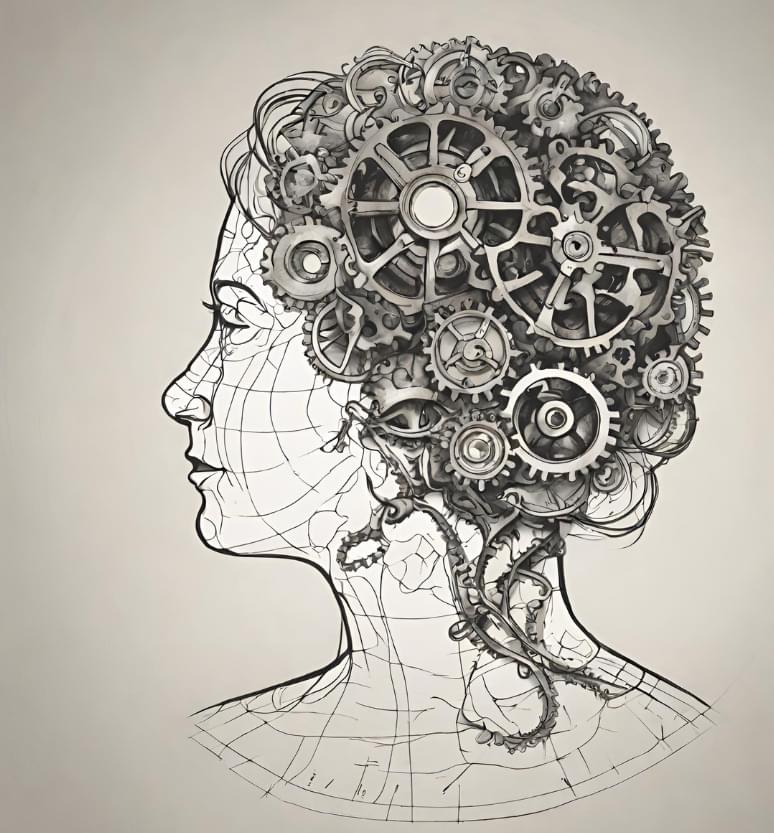This is a ~1 hour 20 min talk and discussion titled(https://hameroff.arizona.edu/).
Category: neuroscience – Page 36
Grigory Tikhomirov | DNA-Based Molecular Manufacturing for Biotech and Electronics
*This video was recorded at ‘Paths to Progress’ at LabWeek hosted by Protocol Labs & Foresight Institute.*
Protocol Labs and Foresight Institute are excited to invite you to apply to a 5-day mini workshop series to celebrate LabWeek, PL’s decentralized conference to further public goods. The theme of the series, Paths to Progress, is aimed at (re)-igniting long overdue progress in longevity bio, molecular nanotechnology, neurotechnology, crypto & AI, and space through emerging decentralized, open, and technology-enabled funding mechanisms.
*This mini-workshop is focused on Paths to Progress in Molecular Nanotechnology*
Molecular manufacturing, in its most ambitious incarnation, would use programmable tools to bring together molecules to make precisely bonded components in order to build larger structures from the ground up. This would enable general-purpose manufacturing of new materials and machines, at a fraction of current waste and price. We are currently nowhere near this ambitious goal. However, recent progress in sub-fields such as DNA nanotechnology, protein-engineering, STM, and AFM provide possible building blocks for the construction of a v1 of molecular manufacturing; the molecular 3D printer. Let’s explore the state of the art and what type of innovation mechanisms could bridge the valley of death: how might we update the original Nanotech roadmap; is a tech tree enough? how might we fund the highly interdisciplinary progress needed to succeed: FRO vs. DAO?
*About The Foresight Institute*
The Foresight Institute is a research organization and non-profit that supports the beneficial development of high-impact technologies. Since our founding in 1986 on a vision of guiding powerful technologies, we have continued to evolve into a many-armed organization that focuses on several fields of science and technology that are too ambitious for legacy institutions to support. From molecular nanotechnology, to brain-computer interfaces, space exploration, cryptocommerce, and AI, Foresight gathers leading minds to advance research and accelerate progress toward flourishing futures.
*We are entirely funded by your donations. If you enjoy what we do please consider donating through our donation page:* https://foresight.org/donate/
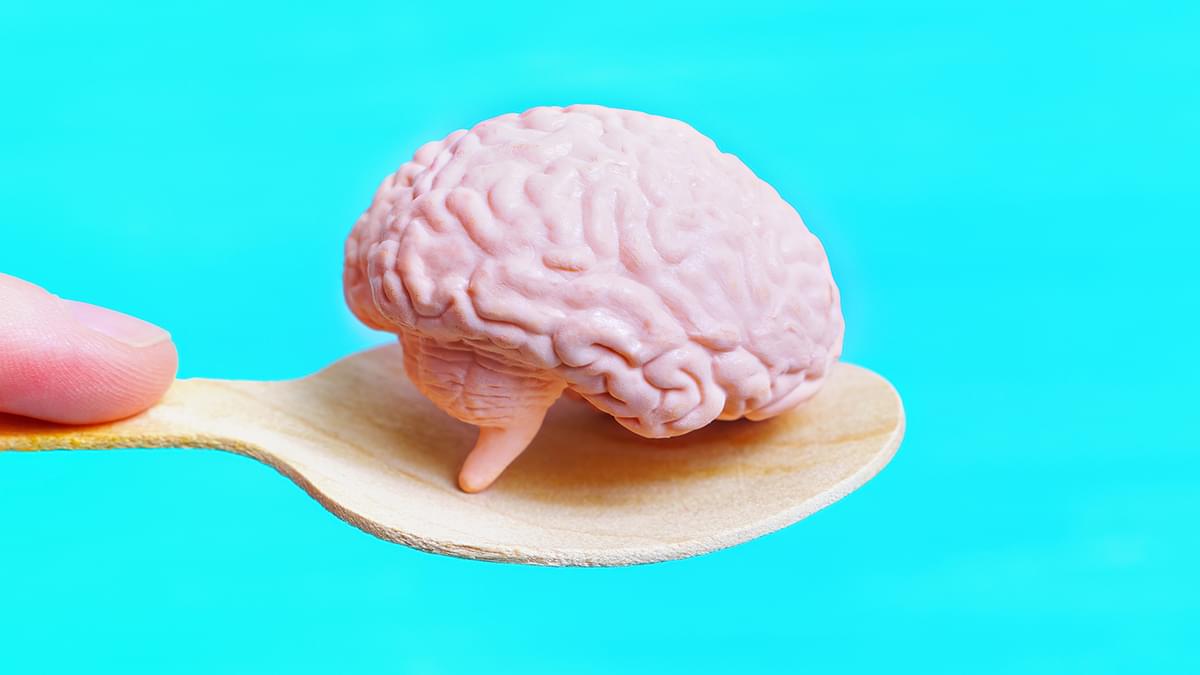
Breakthrough Helps Scientists Grow More Realistic Human Brain Models
Slicing up and analyzing real, living, three-dimensional brain tissue comes with some obvious complications – as in, it tends to be needed by its owner. But scientists are now closer than ever to being able to grow realistic brain tissue models in the lab to experiment on instead.
A team of researchers led by the University of California, Riverside (UCR) have created a tiny scaffolding some 2 millimeters (0.08 inches) wide, on which donated neural stem cells can be attached and develop into full neurons.
The scaffolding is called BIPORES – or the Bijel-Integrated PORous Engineered System – and it’s made mostly of the common polymer polyethylene glycol (PEG). The researchers modified the PEG to make it ‘sticky’ for brain cells, without needing the usual coatings that can interfere with the reliability of the science.
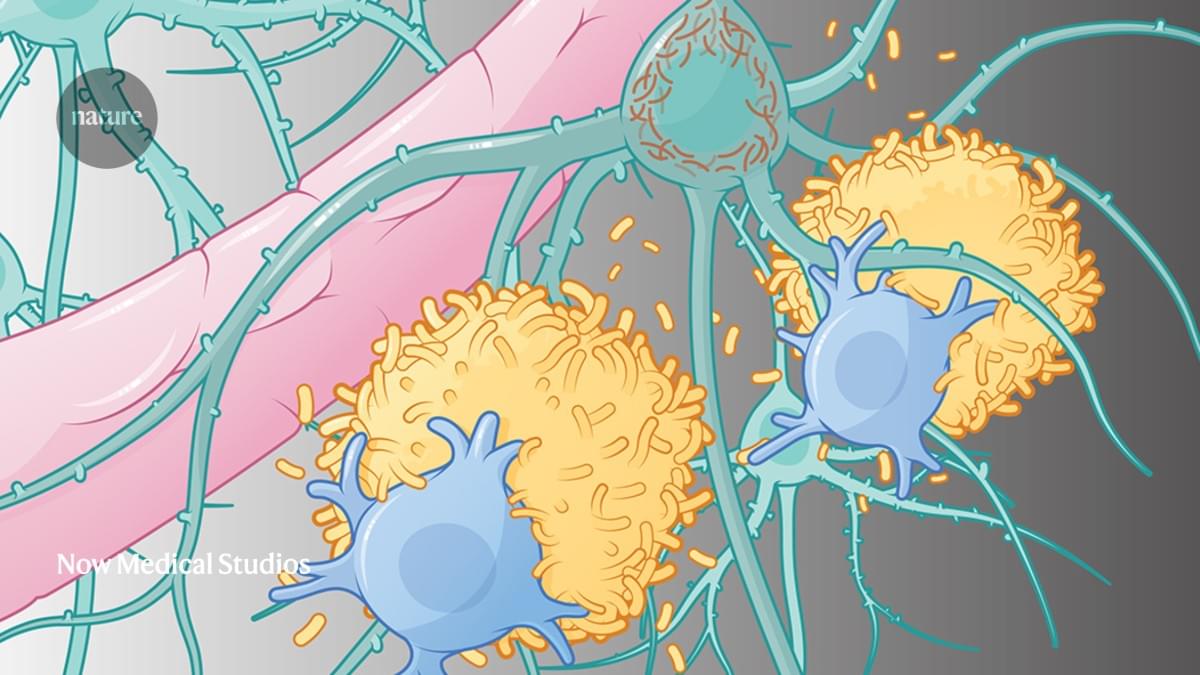

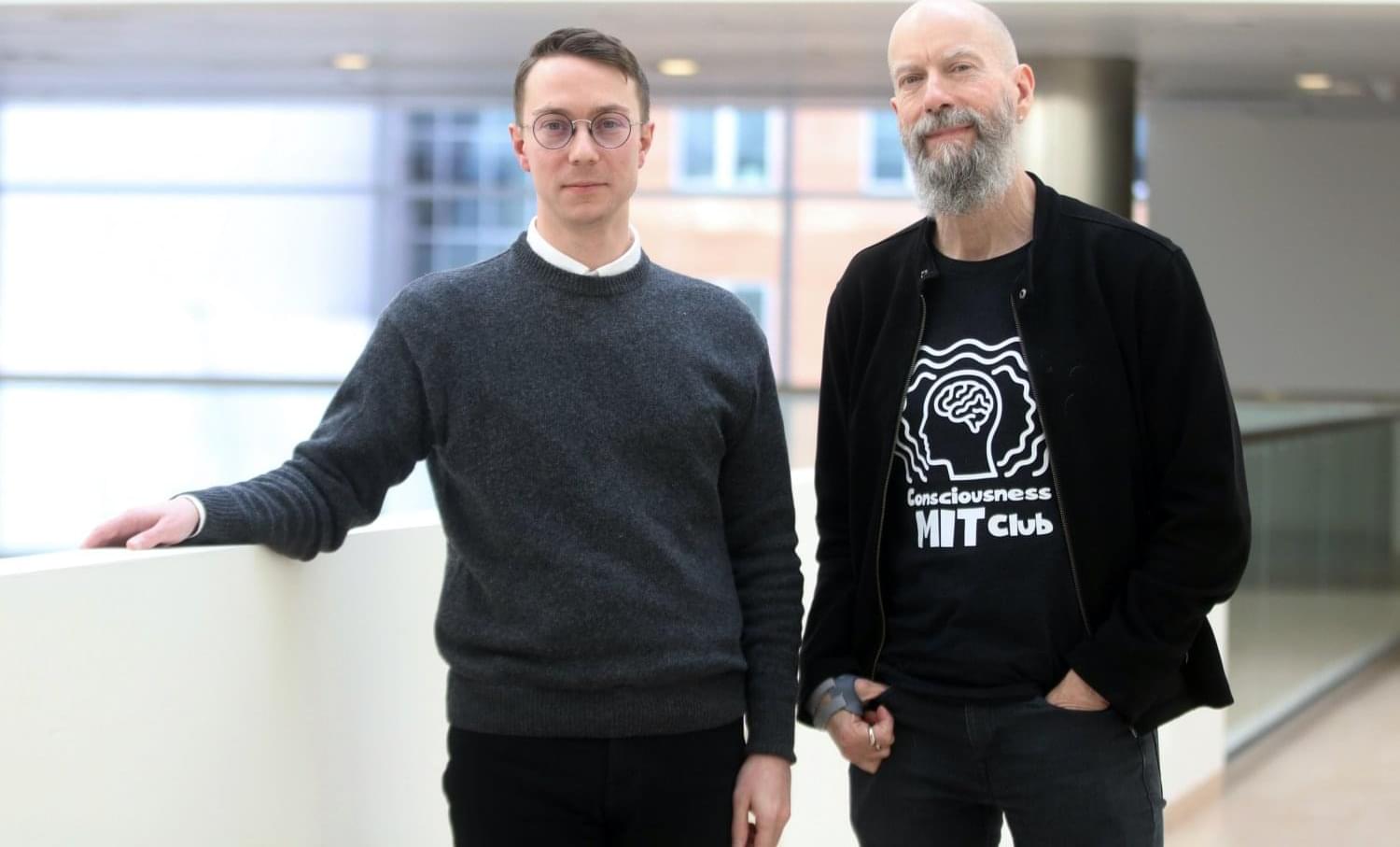
The science of consciousness
Humans know they exist, but how does “knowing” work? Despite all that’s been learned about brain function and the bodily processes it governs, we still don’t understand where the subjective experiences associated with brain functions originate.
A new interdisciplinary project seeks to find answers to these kinds of big questions around consciousness, a fundamental yet elusive phenomenon.
The MIT Consciousness Club is co-led by philosopher Matthias Michel, the Old Dominion Career Development Professor in the Department of Linguistics and Philosophy, and Earl Miller, the Picower Professor of Neuroscience in the Department of Brain and Cognitive Sciences.
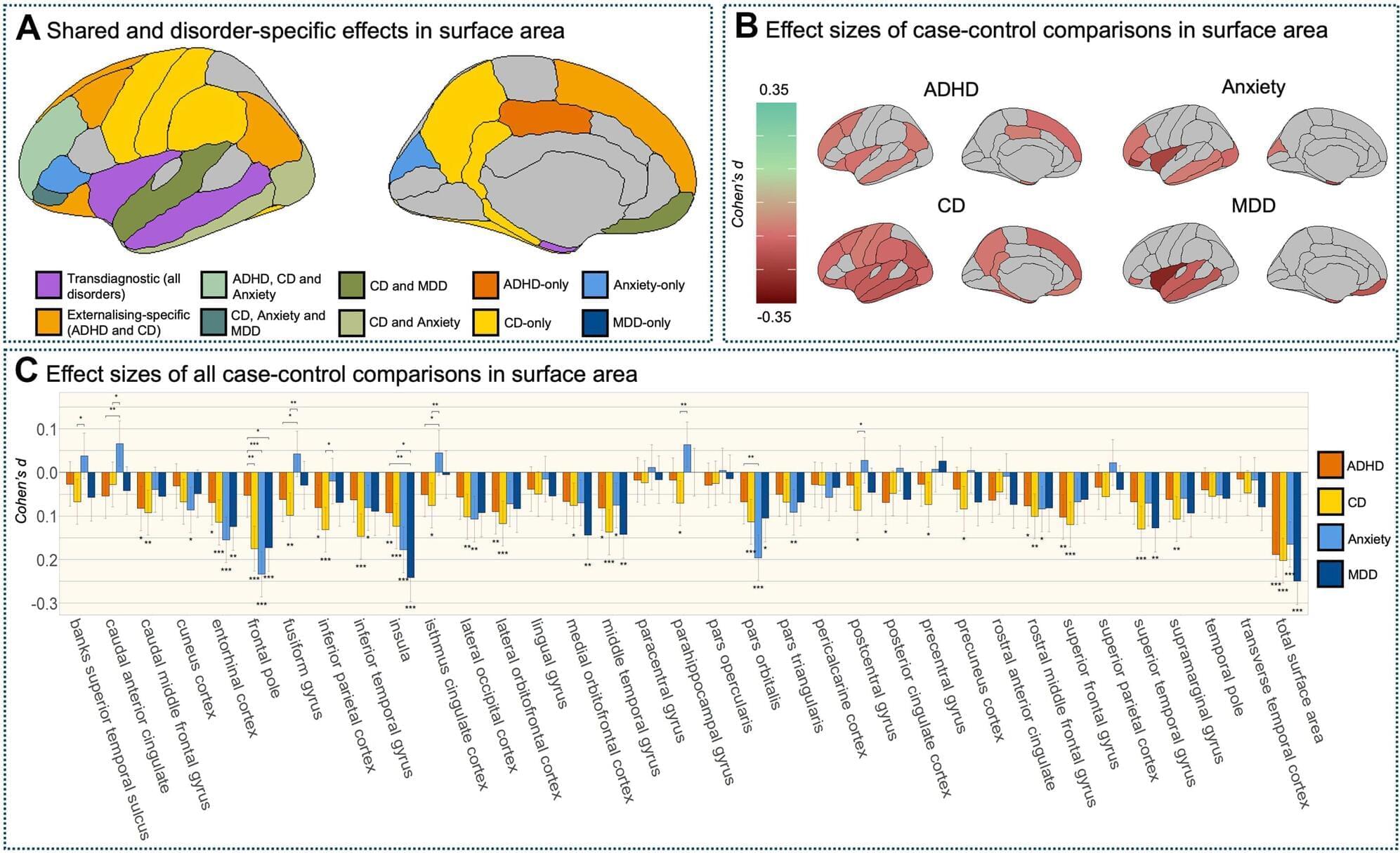
Youth with mental health conditions share strikingly similar brain changes, regardless of diagnosis
An international study—the largest of its kind—has uncovered similar structural changes in the brains of young people diagnosed with anxiety disorders, depression, ADHD and conduct disorder, offering new insights into the biological roots of mental health conditions in children and young people.
Led by Dr. Sophie Townend, a researcher in the Department of Psychology at the University of Bath, the study, published today in the journal Biological Psychiatry, analyzed brain scans from almost 9,000 children and adolescents—around half with a diagnosed mental health condition—to identify both shared and disorder-specific alterations in brain structure across four of the most common psychiatric disorders in childhood and adolescence.
Among several key findings, the researchers identified common brain changes across all four disorders—notably, a reduced surface area in regions critical for processing emotions, responding to threats and maintaining awareness of bodily states.
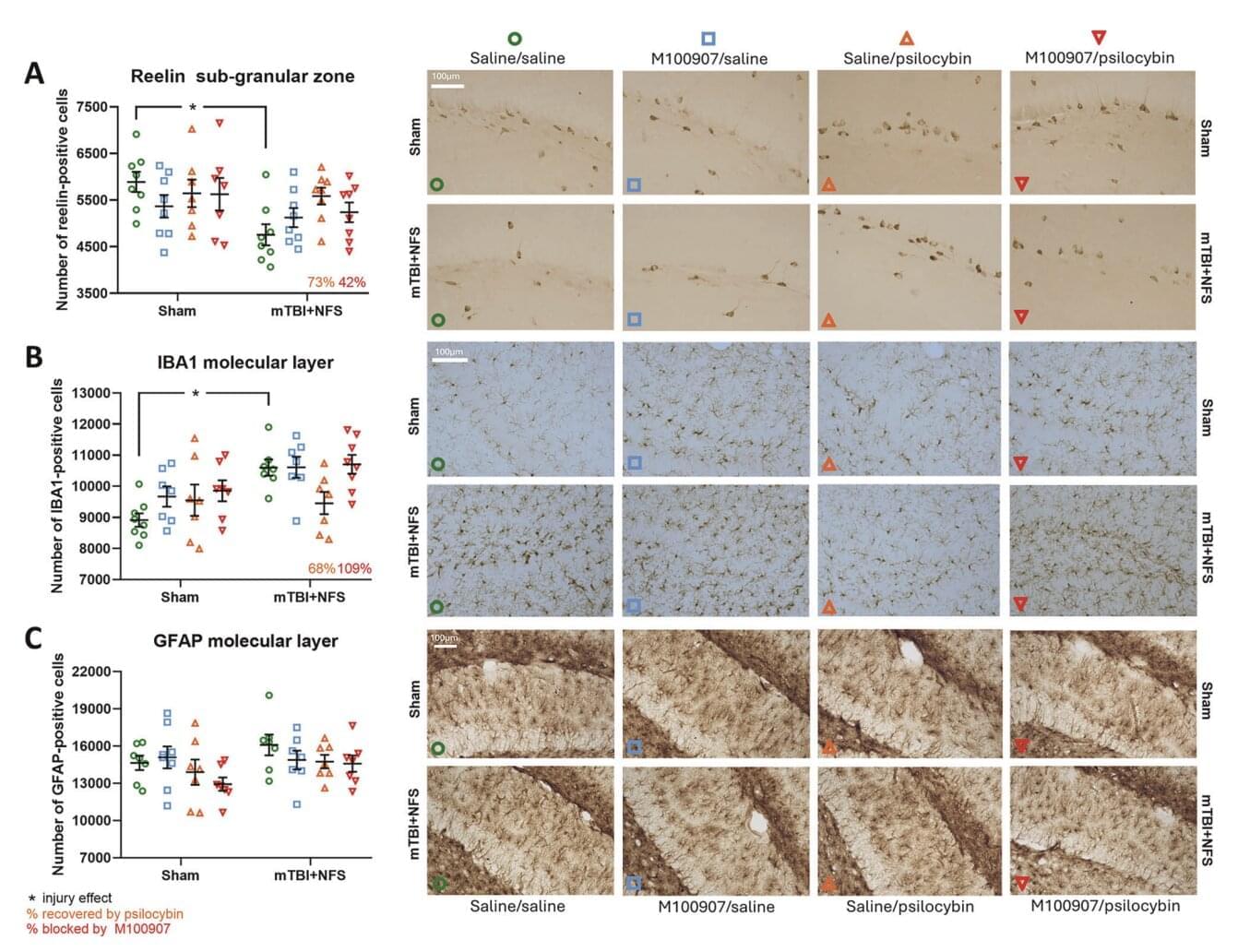
Psilocybin could reverse effects of brain injuries resulting from intimate partner violence, rat study finds
The term intimate partner violence (IPV) refers to physical, sexual or psychological abuse perpetrated by an individual on their romantic partner or spouse. Victims of IPV who are violently attacked and physically abused on a regular basis can sometimes present injuries that have lasting consequences on their mood, mental processes and behavior.
Common types of injuries observed in IPV victims who are periodically attacked physically include mild traumatic brain injuries (mTBI) and disruptions in the flow of blood or oxygen to the brain emerging from non-fatal strangulation (NFS). Both these have been linked to inflammation in the brain and a hindered ability to form new connections between neurons or change older connections (i.e., neuroplasticity).
Researchers at Monash University, Vancouver Island University and University of Victoria recently carried out a study involving rats aimed at assessing the potential of the psychedelic compound psilocybin for reversing the chronic effects of IPV-related brain injuries. Their findings, published in Molecular Psychiatry, suggest that psilocybin could in fact reduce inflammation and anxiety, improve memory and facilitate learning following brain injuries caused by repeated physical trauma.
